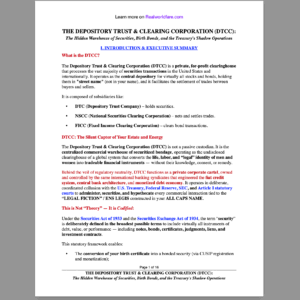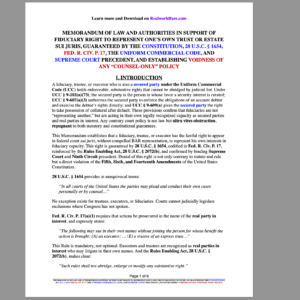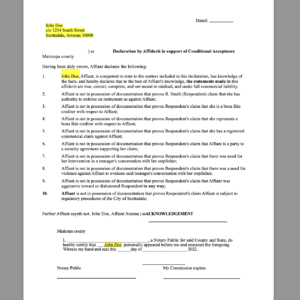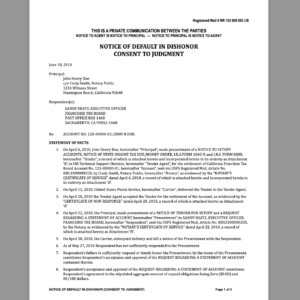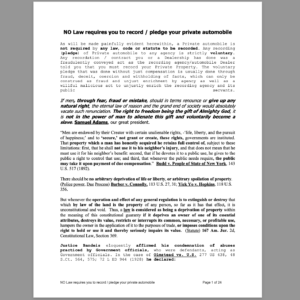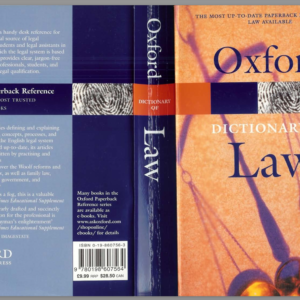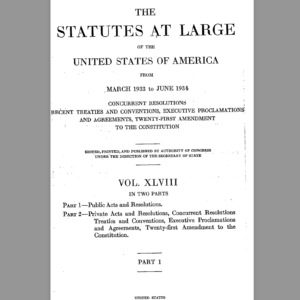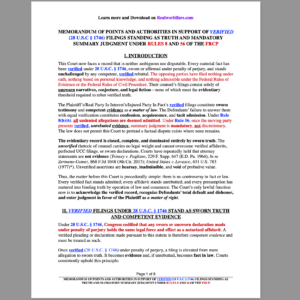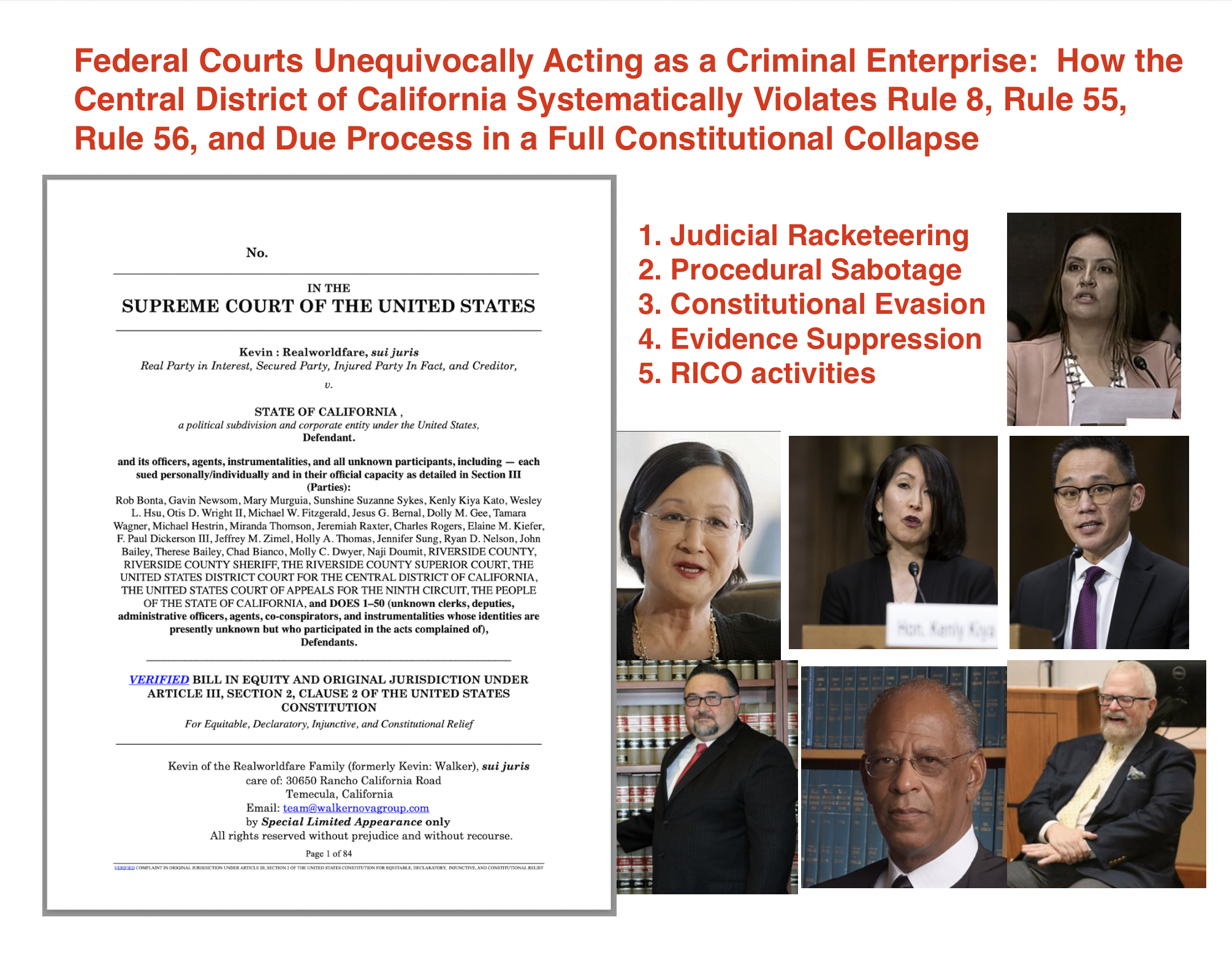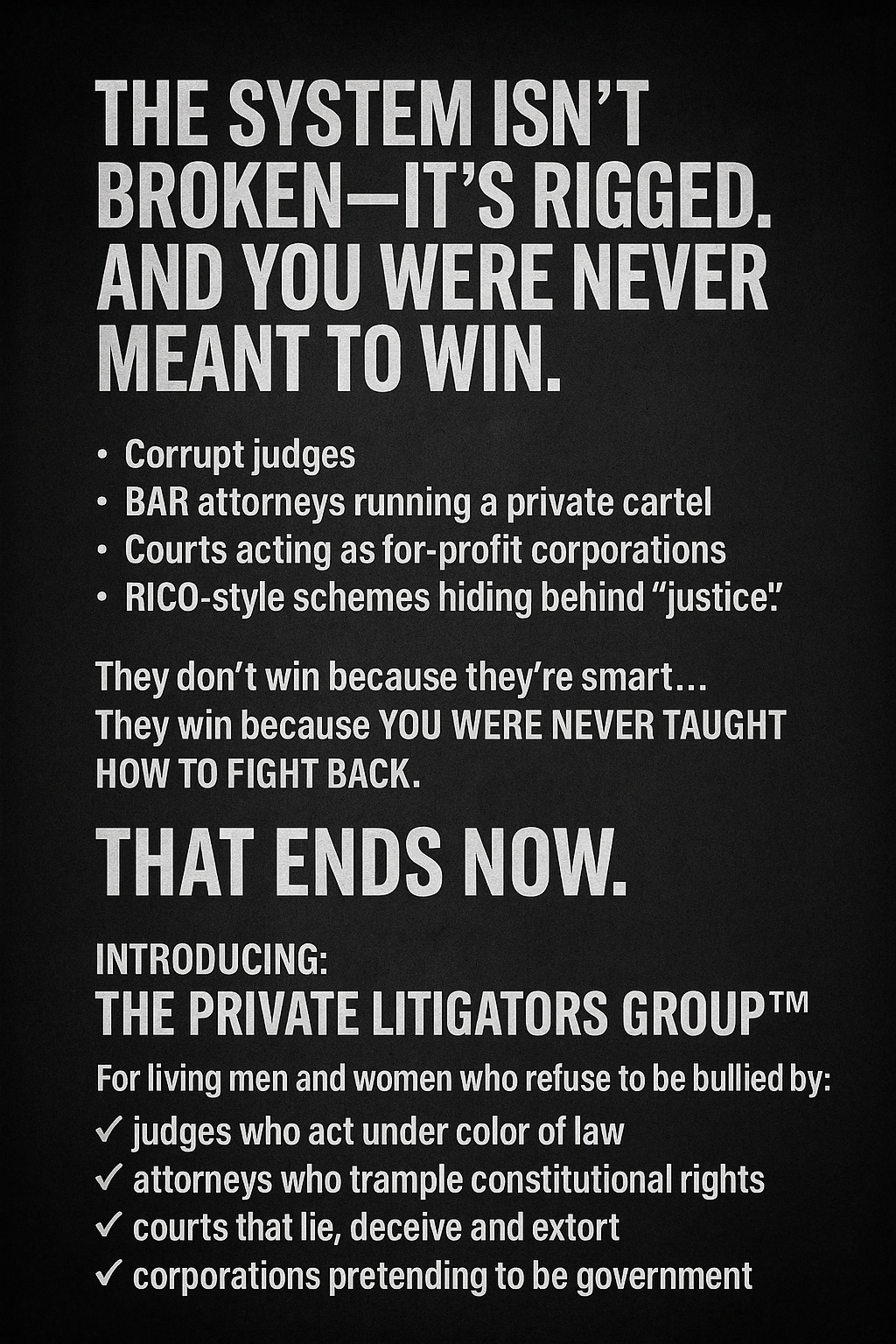When you discharge a bill and assign the debt to the U.S. Treasury, you’re engaging in a private-to-public tender process that—under certain interpretations—treats the Treasury as a fiduciary clearinghouse of credit offsets against national accounts.
1. Who Issues the Credit?
Technically, the U.S. Treasury (via its internal accounts and the Bureau of Fiscal Service) is the only party with the lawful authority to issue credit to offset a public debt—but only after being placed in the position of responsibility through lawful assignment and notice.
The credit is not “issued” to you as cash in hand.
Instead, it is used to offset or discharge the obligation owed—on the public side, on behalf of the private assignor (you), who tenders and assigns the obligation under commercial law and federal statute.
🔹 Clarification:
The Treasury is not required to “agree” or consent. Acceptance occurs by operation of law, not permission.
Acceptance is established through silence, acquiescence, and failure to timely rebut a lawful Affidavit of Assignment—in line with:
Once these conditions are met and unchallenged, the instrument is deemed accepted, and the Treasury is bound by fiduciary duty to process the discharge and offset.
2. Legal Structure Behind It
Relevant Instruments May Include:
-
Affidavit of Assignment of Debt (unrebutted and self-executing)
-
1099-A – Acquisition or Abandonment of Secured Property
-
1099-C – Cancellation of Debt
-
1099-OID – Original Issue Discount
-
Form 56 – Notice of Fiduciary Relationship
-
SF-5510 / SF-215 – Debit/Credit authorizations
-
Form 1040-V – Voluntary Withholding for offset
You may also include:
-
A Bill of Exchange or Bonded Promissory Note, properly tendered and endorsed
-
Security Agreement, Hold Harmless Indemnity Agreement, and a perfected UCC-1 securing the obligation
These instruments create the commercial record and trigger fiduciary duty under both public and private law.
3. The Role of the Assignment
When you lawfully assign the debt to the Treasury via sworn affidavit, recorded security interest, and proper notice, you are stating:
“This debt has been discharged through private credit. I now assign it to the public side for settlement. The Treasury, as fiduciary, is obligated to offset it using credit instruments or Treasury Direct operations.”
This is the commercial transfer of liability from private to public jurisdiction.
And under 31 U.S.C. § 3123, the United States is bound to honor and discharge all lawful debts and obligations. The Treasury’s fiduciary responsibility is non-discretionary once lawfully placed on notice and allowed time to rebut.
4. Does This Work Automatically?
No—but not because you need permission.
It becomes enforceable when the Treasury fails to rebut a lawfully tendered instrument and affidavit. That is acceptance. That is default. That is binding.
Failures commonly occur when people:
-
Do not assign the instrument properly under UCC § 3-203
-
Do not include supporting statutory forms and declarations
-
Do not secure their interest under UCC § 9-102 and § 9-203
-
Fail to send lawful notice and opportunity to cure
The Affidavit of Assignment, when unrebutted, stands as truth and operates as final discharge—by law.
Conclusion
The U.S. Treasury does not “approve” or “authorize” your instrument.
It is bound to perform once you lawfully discharge the obligation, assign it, and provide unrebutted notice.
Credit is issued on your behalf to the original creditor or agency—not to you directly—and only after lawful assignment, proper tender, and failure of rebuttal.
This process is not discretionary. It is contractual, commercial, and fiduciary.
Most attempts are dishonored not because the system doesn’t work—
but because the process wasn’t lawfully completed.

